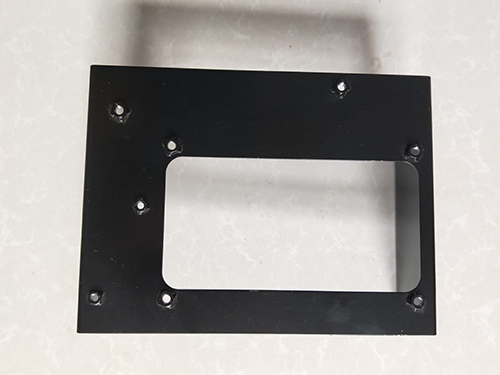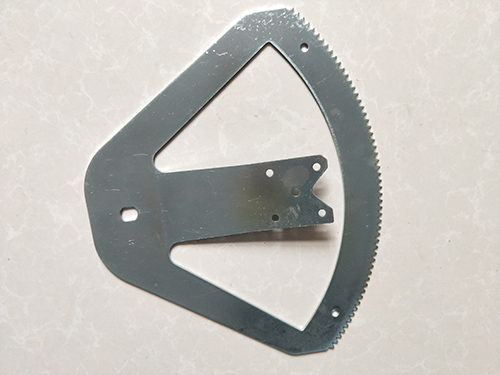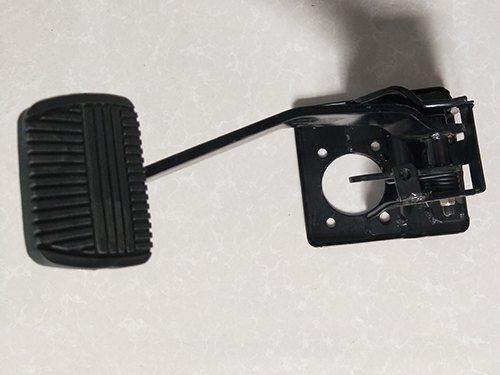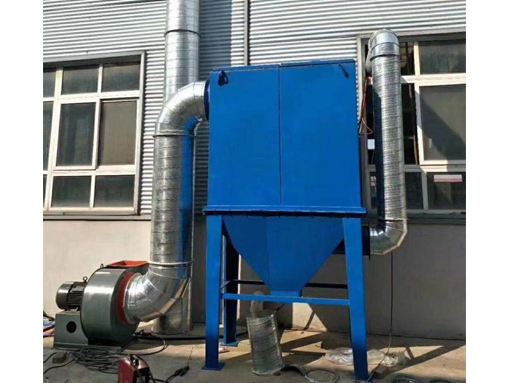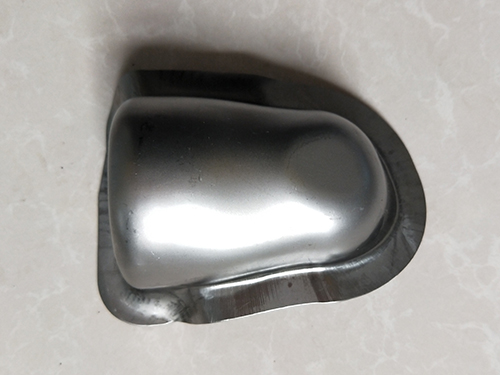Automotive body cover panel outer panel products and drawing forming process
Automotive body coverings; It refers to the car parts that make up the car body, cab, cover the engine and chassis surface and interior. Car body coverings are not only decorative parts for appearance, but also stress bearing parts in a closed shell shape, and are also appearance surface parts that consumers attach great importance to. Controlling the quality of body coverings plays a crucial role in improving the overall quality of the vehicle. Due to the fact that any minor defects on the surface of the cover can cause reflection of light after painting, which can affect the appearance of the vehicle, from the perspective of automotive aesthetics and aerodynamics, the performance requirements of the exterior cover for appearance accuracy and surface quality must meet the requirements of surface quality. Therefore, the surface of the vehicle cover is not allowed to have defects such as cracking and wrinkling. To avoid such defects, it is necessary to first carry out the drawing and forming process. The forming process is currently a key and important technology for automotive body panels, which largely determines the quality of the panels. Therefore, the forming process for automotive panels has become one of the research topics in the automotive industry.
This article takes the exterior panel of the top cover of the FAW Qiteng MPV model as an example to explain the causes and corresponding solutions for the formation defects of the body covering parts.
1. Product Information
The top cover outer panel is located at the top of the vehicle and is welded and matched with the left/right side outer panels, the back door outer panel, the top cover crossbeam, and the front windshield. It mainly has functions such as top compression resistance, luggage placement, water leakage prevention, body deformation prevention, and passenger protection. Fuqi Qiteng MPV model roof outer panel.
This MPV model's top cover outer panel product is made of DC04 low carbon steel and FC precision surface grade material, with a plate thickness of 0.8mm, material dimensions of 2660mm x 1370mm, yield strength of 130~210MPa, tensile strength of:& gt;270MPa, Post fracture elongation:& gt;38%。 Therefore, the outer panel of the top cover has the characteristics of thin material, complex shape, large structural dimensions, high requirements for surface quality and dimensional accuracy. For higher welding and assembly surfaces, while ensuring sufficient rigidity of the outer panel of the top cover, it is crucial to carry out the drawing and forming process.
2. Drawing and Forming Process Scheme
2.1 Determination of stamping direction
The selection of the drawing and stamping direction is a crucial step in determining the forming process plan, which is related to whether the drawn part can be formed in place and has a significant impact on the supplementary drawing process plan and subsequent process plan planning. When selecting the direction of drawing and stamping, the convex die should be able to enter the concave die. When the convex die is fully stamped, there should be no negative angles or dead zones that the convex die cannot contact; Secondly, the contact area between the convex mold and the material should be as large as possible, with evenly distributed contact points, and the contact surface should be designed to be located at the center of the mold as much as possible; At the same time, it is necessary to control the overall drawing height difference of the drawn parts, so that the material flow and deformation area are evenly distributed, and the stress during drawing is uniform. Uniformly pulling the material into the die can ultimately avoid defects such as cracking, wrinkling, and rebound that may occur during the drawing process.
To this end, based on the product design of the top cover outer panel of the FAW Qiteng MPV model, in order to avoid negative angles caused by drawing, a process supplement is used to adjust the angle. The negative angle area on the inner side of the back door hinge installation surface corresponds to the rear sequence side process. Under the condition of the overall drawing height difference during drawing, the stamping direction is finally determined.
2.2 Supplementary Process Design
Process supplementation is an important component of drawing parts. During the design of the drawing process, it is necessary to supplement the holes, notches, outer pressing surfaces, and deep drawing parts of the product, including the shape of the pressing surface, flanging and unfolding, process notches, and process supplementation. The process supplement has the function of providing deep drawing conditions for the drawn parts and enhancing the rigidity of the drawn parts. According to the design principles of the process supplement, the antenna installation holes on the outer panel of the top cover and the hinge installation holes on the back door are first closed and supplemented. Then, under the condition of the difference in drawing height at the overlapping parts of the front, middle, and rear crossbeams of the top cover, a combination of extension surfaces, fitting surfaces, and transition surfaces is used to supplement the pressing surface process. The shape of the pressing surface is smooth and smooth, making the feeding resistance of each part of the pressing surface uniform and reasonable.
2.3 Drawstring Design
The outer panel of the top cover of MPV models has a large size and complex shape, and the molded parts are prone to rebound and wrinkling. Therefore, it is crucial to set the magnitude of the edge pressure and the position and quantity of the stretching ribs. Setting up stretching ribs can not only increase the material feeding resistance and adjust the distribution of feeding resistance, but also increase the rigidity and strength of the workpiece. The feeding resistance on both sides of the outer panel of the top cover is low, while the feeding resistance on the four corners is high. Considering the inconsistency in molding, two stretching ribs (round ribs) are set on each side of the front and rear, and one stretching rib (round rib) is set on each side. The stretching ribs are set at a transition distance of 25-29mm outward from the parting line.
